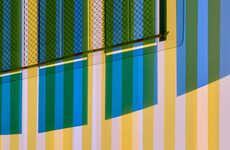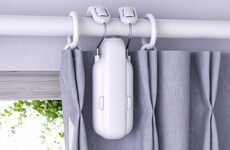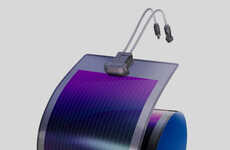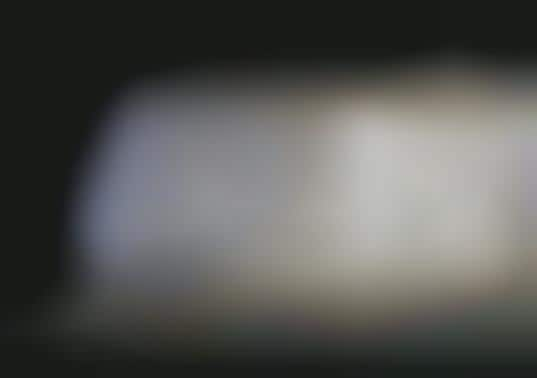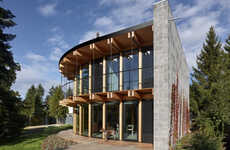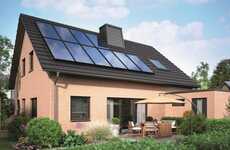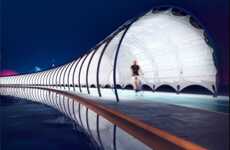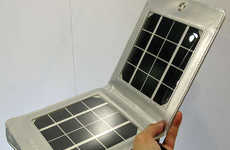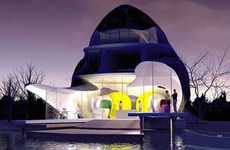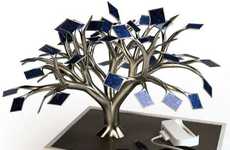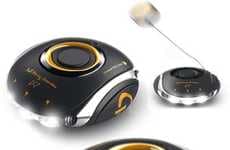
The Soft House Project
David Legierski — June 13, 2008 — Tech
References: kvarch.net & ecogeek.org
This one is to all who are afraid of electricity black-outs.
Designed by Kennedy and his team from KVA Matx, Soft House is a structur, which create close to 16k watt-hours of electricity by transforming household curtains into flexible, semi-transparent, solar collectors.
Unfortunately, the current high cost of photovoltaic textiles makes this idea unreachable. However, the Soft House project shows that renewable energy technologies can be applied into architectural design in ways that have never been thought of before.
Designed by Kennedy and his team from KVA Matx, Soft House is a structur, which create close to 16k watt-hours of electricity by transforming household curtains into flexible, semi-transparent, solar collectors.
Unfortunately, the current high cost of photovoltaic textiles makes this idea unreachable. However, the Soft House project shows that renewable energy technologies can be applied into architectural design in ways that have never been thought of before.
Trend Themes
1. Photovoltaic Textiles - The development of affordable and efficient photovoltaic textiles could revolutionize the integration of solar energy into everyday objects such as curtains.
2. Architectural Design - The Soft House project highlights the innovative potential of incorporating renewable energy technologies into architectural design for energy-efficient and sustainable buildings.
3. Flexible Solar Collectors - Advancements in flexible, semi-transparent solar collectors could offer new opportunities for generating electricity from unconventional sources like household curtains.
Industry Implications
1. Renewable Energy - The renewable energy industry can explore the potential of photovoltaic textiles and flexible solar collectors for widespread use in various applications, including architecture and design.
2. Textile Manufacturing - The textile manufacturing industry can invest in research and development to produce affordable and efficient photovoltaic textiles for integration into various consumer products, such as curtains.
3. Architecture and Design - Architects and designers can embrace the concept of incorporating renewable energy technologies into their projects, providing innovative and sustainable solutions for energy generation and consumption.
1.8
Score
Popularity
Activity
Freshness

